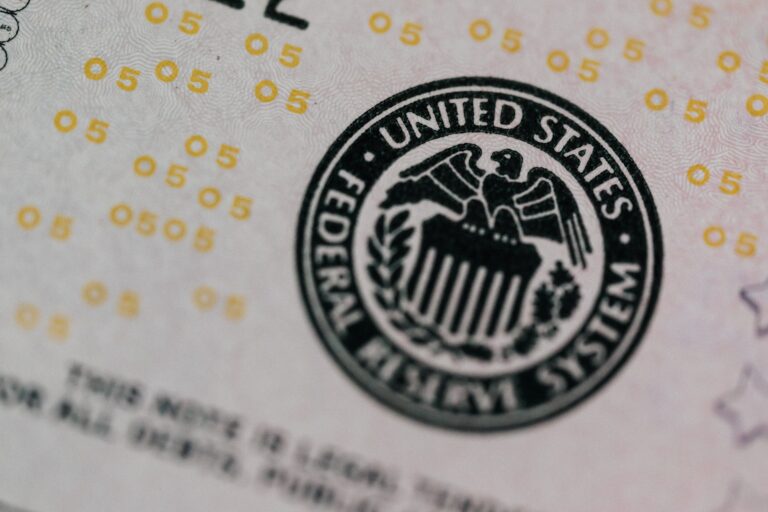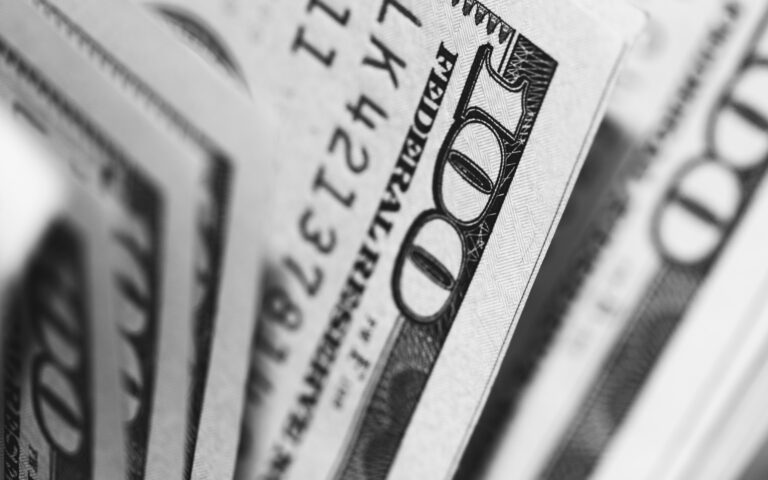
Morning Brief – Biden Time
The US administration has been scrambling to back track or at least qualify comments made by the president of the United States, Joe Biden, regarding his Russian counterparty. To remind you of the words said by the US President what with the turmoil of Will Smith’s face slap turning heads, he said, ‘for god’s sake, this man cannot remain in power’. This naturally gave way to expectations that the US was seeking regime change in Russia and may wish to intervene unilaterally or with the support of its allies to upset the balance of power in Russia.
This is a very serious if not dangerous sentiment if left unchecked. As many in the west have often theorised, the Russian President would need little provocation to justify a perceived threat to its national security and broaden the scope of its aggression as it has in Ukraine. The initial comments did lead to some further risk-off sentiment in the market. One key barometer of risk however, the exchange rate between US Dollar and the Japanese Yen is flashing no such warning of risk.
Volatility has ratcheted up once again in USDJPY as the underlying spot price has hit its highest level in seven years. The last major unwinding of risk that led to volatility of the degree we say yesterday was when Pfizer announced that its vaccine provided successful immune responses within 90% of subjects in early trials. This was on the 9th November 2020 and in the year and a quarter that has followed, the Yen has lost 20% versus the US Dollar. Much of this move has been an adjustment in risk sentiment following the covid pandemic despite the geopolitical risk presented by Russia’s invasion of Ukraine.
Much of the value change however has also been driven by differentials in interest rates, with a tightening cycle in the US matched across much of the globe compared with persistently low yields in Japan. The implied yield curve on 10-year paper in Japan has been approaching 0.25%. This rising implied yield had signalled the expectation of tighter conditions in Japan. However, the BoJ intervened yesterday to maintain loose policy crushing any expectations that Japan would follow the international trend towards monetary normalisation. This yield curve has driven USDJPY spot prices up to fresh highs and the 1-year forward to its most negative since the pandemic began.
Discussion and Analysis by Charles Porter

Click Here to Subscribe to the SGM-FX Newsletter
Related Insights

Daily Brief – Weak foundations
Weak foundations After a rally of around 15% year to date, there is significant cognitive and technical room for consolidation within EURUSD. Implied volatility has been rising given the macroeconomic backdrop that markets have encountered this year. Even within such an environment, a 15% rally in the market’s most traded instrument is still enormous. But […]

Daily Brief – Weren’t Tariffs USD Negative?
Weren’t Tariffs USD Negative? The Dollar proved sensitive to headlines regarding trade during the US overnight session. However, contrary to what many commentaries would have you believe, as the risk of tariffs escalated the Dollar rose. The 90-day pause following Trump’s April ‘liberation day’ tariffs had been set to expire this coming Wednesday. To the […]

Daily Brief – Dollar Reserves
Dollar Reserves With the passing of Trump’s original deadline for the reimposition of liberation day tariffs yesterday, markets have breathed a sigh of relief. July VIX futures continued to slide lower. Moreover, what may surprise anyone who had been expecting the issue of tariffs to resurface following the passing of Trump’s new deadline, so too […]



 Charles Porter
Charles Porter